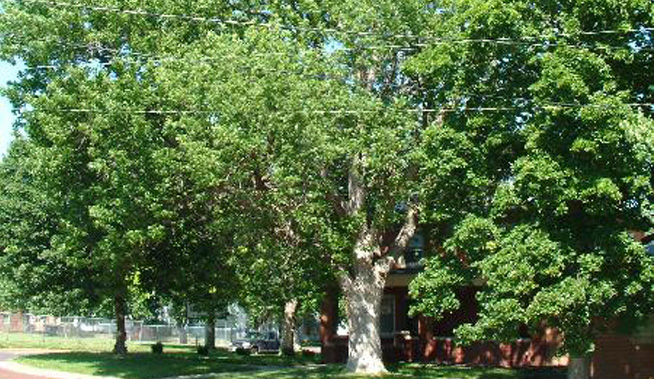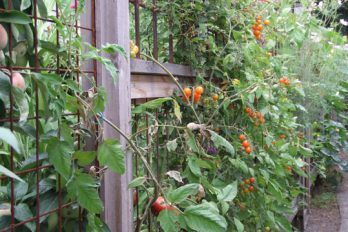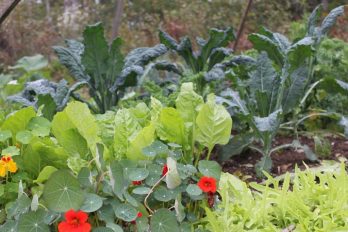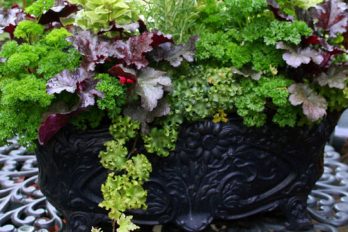(Adapted from Melissa Williams’ blog post on the April 16 edition of the LEAF e-newsletter—and no, this is not an ad nor are we being paid for it. It’s good information.)
By now, most of you will have heard of the Emerald Ash Borer (EAB), which is infesting ash trees throughout metro Toronto, Scarborough and York Region. Unlike the scourges that affected elm trees and chestnuts, the good news is that there is an effective alternative to removal—a systemic insecticide called TreeAzin ™ which may also save you money in the long term.
There are approximately 860,000 ash trees in the City of Toronto and an estimated 2,800,000 growing in York Region. All are at risk of infestation and, if left untreated, most will succumb to this pest. This will create huge gaps in our urban forest canopy, a vital resource that cleans the air and conserves energy by shading our homes.
It is also important to remember that the larger a tree grows the more benefits it provides. It will take up to 30 years for a newly planted tree to fully take the place of a mature ash—and the cost of removing a mature tree is high.
If applied in a timely fashion, TreeAzin ™ Systemic Insecticide may be able to save your ash. This Canadian product was developed by Bioforest Technologies Inc. through the Canadian Forest Service, and is produced from an extract of Neem tree seeds—it is not Neem oil, however. It is the only effective pesticide available to control EAB in Canada, and works by being injected under the bark, where it is drawn upward with the flow of water and nutrients inside the tree. It will kill EAB larvae that feed on conductive tissues within the tree, and will also reduce the adult female’s fertility and egg viability when it feeds on the leaves of the tree. Injections are carried out in early summer, and treatment needs to be repeated every two years to remain effective (as long as the EAB is in the area).
According to the manufacturer’s website, in the year of treatment, 95 per cent of EAB larvae are killed, significantly fewer eggs are laid, and of those that are laid, 98 per cent are not viable. In the following year, larvae hatching from the few viable eggs that are laid will not complete development, and the length and number of galleries that larvae have created from feeding underneath the bark of the tree will be fewer and shorter in length, compared to those in ash trees left untreated.
Because the insecticide is injected under the tree’s bark, the treatment does not present a health risk to those carrying out the injections or to the surrounding environment. Studies show that TreeAzin ™ has low toxicity to mammals, birds, bees and other non-target species and low-to-moderate persistence in waters, soils and foliage. It is registered as a Class Four pesticide, which means it is the “least hazardous that is commercial.”
However, you need to act before the crown of the tree shows 30 per cent damage. LEAF recommends that you get quotes from at least three different registered service providers before choosing which company to hire. The cost of the treatment will depend on facts such as the size, health and location of the ash tree, but may be more affordable—even over a number of years– than the costs of removal, disposal and replacement of a diseased ash tree—not to mention the time it takes for one to grow to maturity. Additionally, this cost will be spread out over years, as opposed to one lump sum for removal.
For more information about the Emerald Ash Borer, TreeAzin ™ and licensed service providers in your area, visit the Bioforest Technologies Inc. website.





Comments are closed.